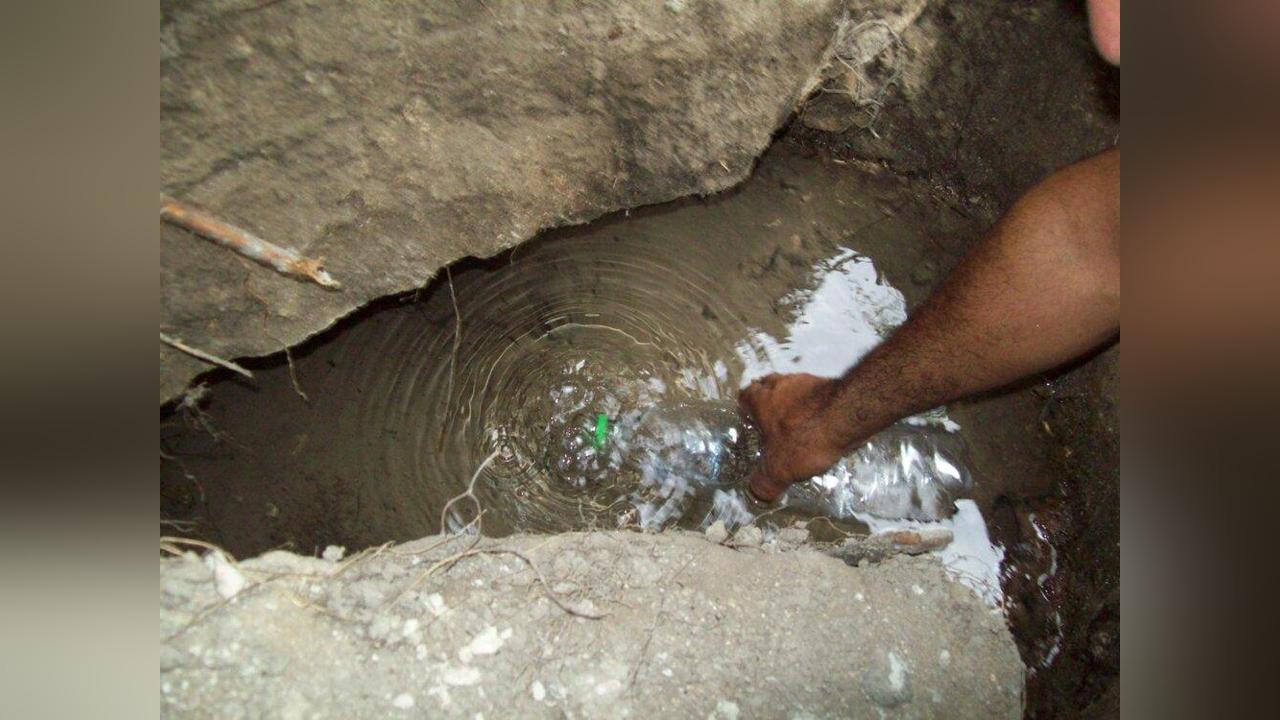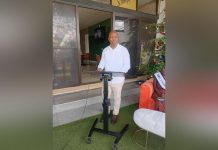Africa-Press – Lesotho. About 55 years and four months after Lesotho’s independence, the rural community of Ha Seeiso in the Thaba-Khupa region of the Maseru district still fetch drinking water from unprotected water wells available in the village.
This is about to change as the village is expected to soon get a borehole pump. This community forms part of the citizens who have been struggling to access clean water for almost the entire existence of this village which is over 50 years.
Fortunately for them, despite the unclean water that they use every day for household use, there has never been a disease outbreak or records of sick children reported, according to villagers.
However, the need for clean water poses danger to women and children as at times they have to walk long distances to fetch water from nearby villages such as Ntlo-Kholo.
According to the Principal Technical Officer of the Lesotho Lowlands Rural Water Supply and Sanitation Project (LLRWSSP), Tšepiso Khetsi, Ha-Seeiso has finally been included in plans for clean water supply. She, however, said she cannot confirm when the supply will be carried out.
Similarly, the LLRWSSP Technical Advisor in the Maseru district, ’Mamosisli Kikine, also said with the new upcoming Climate Change Project will conduct a case study in Ha Seeiso where a third hand pump borehole water tap will be erected.
Kikine explained “usually when borehole taps are done, the hole is dug 30 metres deep, but with this third borehole tap, the hole will be dug more than 30 metres deep to check if there cannot be a better water supply.
However, she said she cannot yet confirm when the project will begin.
Ha Seeiso has suffered this thirst despite the overflow of Katse Dam at 100.21 percent capacity by February 13 this year as well as construction of the neighbouring Metolong Dam, meant for lowlands water supply.
The majority of Basotho both in rural and lowlands areas are still struggling to have access to clean water. Born in Ha Seeiso more than 50 years ago, Leronti Masokela said he doesn’t remember a day when his community had sufficient access to water, let alone clean water.
Speaking to Public Eye, Masokela poured his heart out and said “if you could see young children and women carrying 20l buckets pushing wheelbarrows to fetch water from Ntlo-Kholo you’d be touched.
He added that as a taxi driver, sometimes he feels pity for older people who go to fetch water and don’t have taxi fare.
“I let them board for free, but the problem is when they go back home because I drop them and proceed with my journey to town,” he added.
During the el nino era around 2016 – 2017, Masokela said they suffered a lot as a community as they almost had no water for the wetlands and water sources were also running dry.
“We would wake up as early as 3:00am to go to the well to fetch water.
We would be there for hours sometimes and only a few 20l buckets for few households would be filled to capacity before the water well dried up,” said a broken Masokela.
The area chief, ’Maseeiso Maama, confirmed that indeed the people from her village have been struggling to have access to clean water for years and the village taps that were installed years ago no longer produce water.
Maama said: “We have the two old model hand pump borehole taps and it is almost three years now without them producing sufficient water for the whole village.
“Besides these, we have to rely on boreholes even though they produce enough water for the whole village especially when it’s not a rainy season. But for now we still survive because there is more rain these days and to us these are happy days.
”
Maama also noted that since the struggle with the water crisis and having to travel to Thaba-Khupa to fetch water, there has been one bad incident where a child was hit by a car and died on the spot while crossing the road.
According to the Lesotho Highlands Water Project (LHWP), the consumption of water across the country is approximately 2m3/s while the total availability is around 1.5m3/s.
For More News And Analysis About Lesotho Follow Africa-Press






